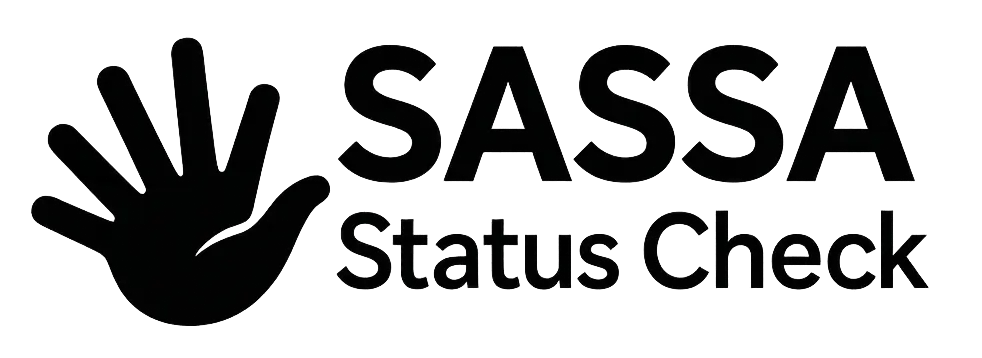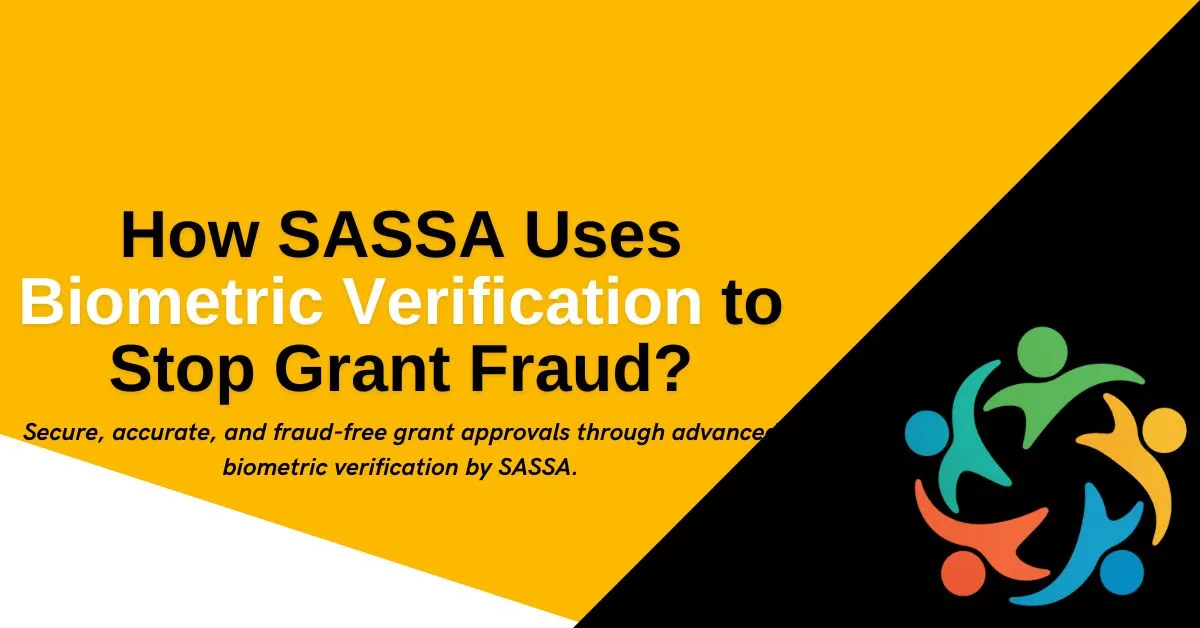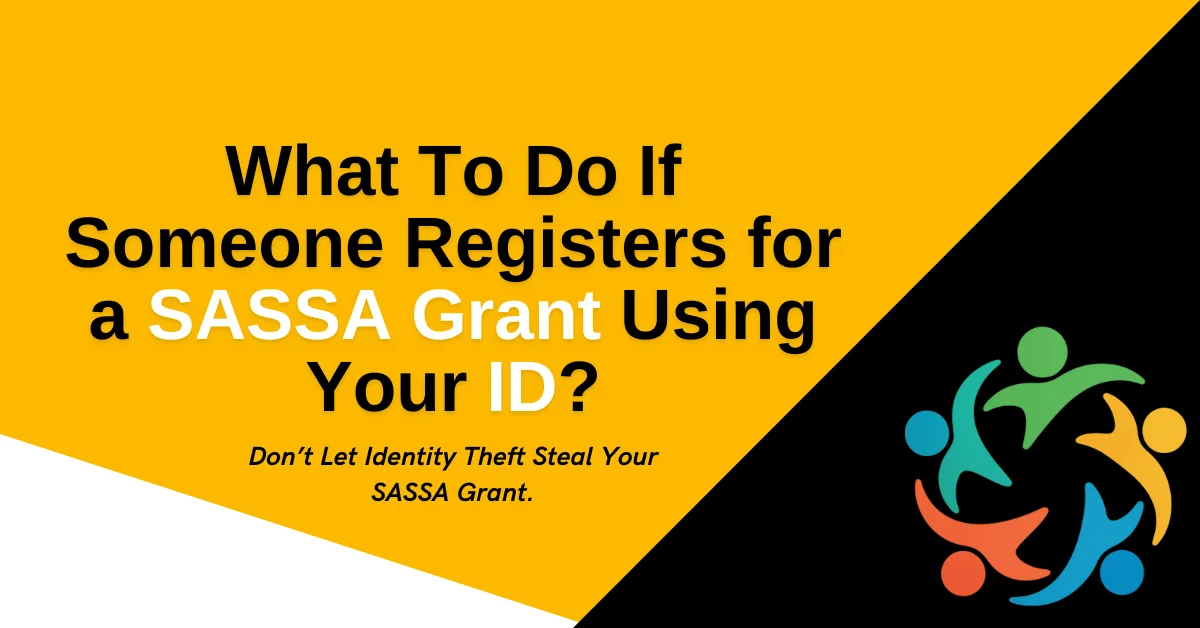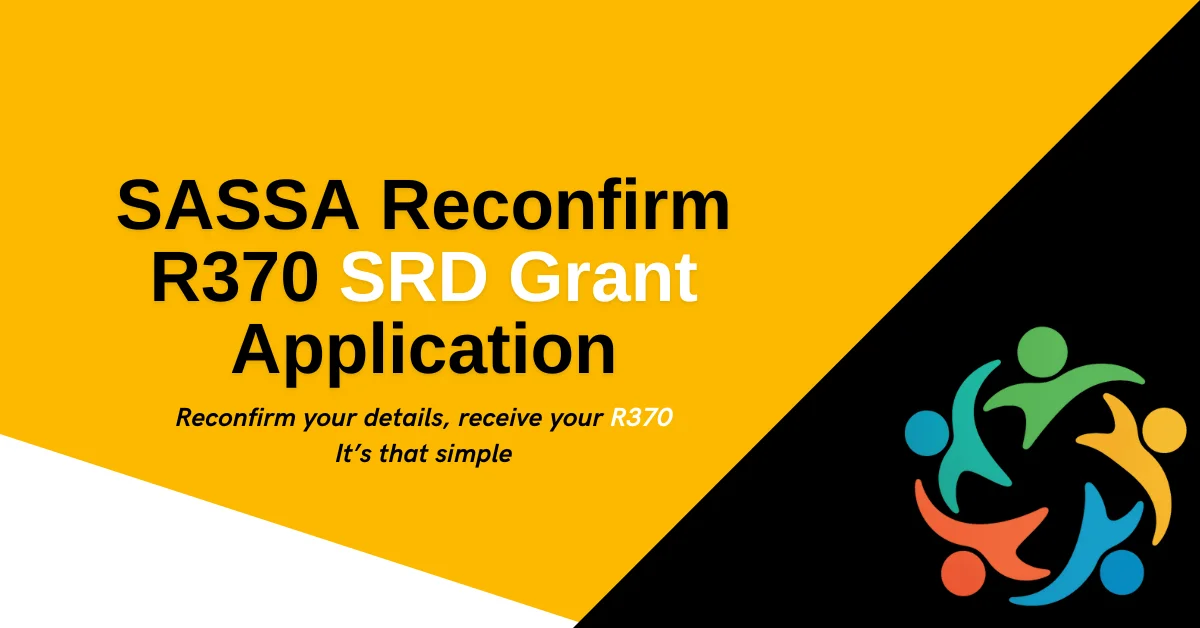How SASSA Uses Biometric Verification to Stop Grant Fraud?
Are you worried someone might misuse your identity to claim your SASSA grant? With fraud on the rise, how does SASSA ensure only the rightful person gets paid? Let’s uncover how biometric verification protects your identity and your grant.
How SASSA Uses Biometric Verification to Stop Grant Fraud? (Quick Summary)
Contents
- 1 How SASSA Uses Biometric Verification to Stop Grant Fraud? (Quick Summary)
- 2 What Is Biometric Verification?
- 3 Why SASSA Uses Biometric Verification?
- 4 How SASSA Collects Biometric Data?
- 5 Role of Biometric Verification in Application Approval
- 6 Biometric Verification During SASSA Status Checks
- 7 What Happens If Biometric Verification Fails?
- 8 How SASSA Fights Biometric-Related Fraud?
- 9 Common Issues Applicants Face With Biometric Checks
- 10 Future of Biometric Systems in SASSA
- 11 Conclusion
SASSA uses biometric verification like fingerprints and facial scans to confirm applicant identities, prevent fraud, and ensure only eligible individuals receive grants. It matches data with the Department of Home Affairs, stores it securely, and uses it during application approval, status checks, and payment collection for accuracy and security.
What Is Biometric Verification?
Biometric verification is a security process that uses unique physical traits like fingerprints, facial patterns, or iris scans to confirm a person’s identity. Unlike PINs or passwords, biometric data is nearly impossible to duplicate, making it a powerful tool for protecting personal information.
In the context of grant applications, SASSA uses biometric authentication to verify that the applicant is who they claim to be before approving payments. This reduces the chances of fraud and ensures only eligible citizens receive grants.
Why SASSA Uses Biometric Verification?
SASSA (South African Social Security Agency) distributes millions of grants monthly, including the SRD R370 grant, old age pension, disability support, and child care grants. With such a large system, the risk of fraud, impersonation, and duplicate applications is high.
To address these issues, SASSA introduced biometric systems to:
- Verify identity accurately and securely.
- Prevent fraud and duplicate applications.
- Reduce manual errors in processing.
- Ensure faster, reliable grant approvals.
This step aligns with global trends in digital security and helps build trust in South Africa’s welfare system.
How SASSA Collects Biometric Data?
SASSA works with government-approved partners and secure biometric tools to collect and store applicants’ biometric data.
Here’s how the process usually works:
At Enrollment:
When you apply at a SASSA office or post office, an official captures your fingerprints and photographs. In some cases, facial recognition or iris scanning may also be used.
Cross-Check with Department of Home Affairs (DHA):
The captured biometric data is matched with the Department of Home Affairs’ national database to confirm the applicant’s identity. If the details don’t match, the application is flagged for further review.
Secure Storage:
The verified data is stored securely in compliance with the Protection of Personal Information Act (POPIA). This ensures your private information remains confidential.
Role of Biometric Verification in Application Approval
Once an applicant’s identity is verified through biometric checks, the system moves to the next phase:
- Eligibility Check: The system checks income, bank accounts, and other grant applications.
- Fraud Detection: Biometric matching helps detect if the same person has applied for multiple grants under different names.
- Final Approval: If all checks are passed, the grant is approved and linked to the verified identity.
This streamlined process helps SASSA save time while ensuring only legitimate applications are approved.
Biometric Verification During SASSA Status Checks
Biometric verification is not only used during the initial application. It also plays a role in status checks and payment collection.
When You Check Status Online:
- Some users are required to verify their identity again through a fingerprint or facial scan, especially if there’s a security flag on their profile.
When Collecting Payments:
- Post offices and partner banks may request a biometric scan before disbursing cash.
- This ensures that only the person linked to the grant account receives the money, even if they’ve lost their ID or phone.
What Happens If Biometric Verification Fails?
If the biometric scan fails due to worn fingerprints, technical errors, or data mismatches SASSA follows a manual verification process:
- The applicant is asked to visit a SASSA office.
- Officials review ID documents, supporting paperwork, and perform in-person verification.
- If the problem persists, the case is referred to SASSA’s fraud and compliance unit for investigation.
This backup process ensures that no eligible person is unfairly excluded.
How SASSA Fights Biometric-Related Fraud?
SASSA has strict protocols to avoid misuse of biometric data:
- Audit Logs: Every biometric match is logged with a timestamp to detect suspicious activity.
- Encryption: All data is encrypted and stored in secure servers.
- No Third-Party Sharing: SASSA doesn’t share biometric data with private entities without consent.
- Regular Updates: Biometric systems are updated to align with national digital security standards.
In 2024, the agency reported a 30% drop in grant-related fraud after improving its biometric systems.
Common Issues Applicants Face With Biometric Checks
While the system is reliable, some users do face problems. These include:
- Fingerprints not recognized (due to age or injury).
- Mismatched identity details between SASSA and DHA records.
- Blocked grants due to failed verification or duplicate attempts.
To solve these, SASSA advises:
- Keeping ID documents up to date.
- Reporting lost or stolen cards immediately.
- Visiting the nearest office for biometric re-enrollment if repeated failures occur.
Future of Biometric Systems in SASSA
SASSA continues to improve its biometric systems by introducing:
- Mobile biometric kits for remote areas.
- Voice verification for people with fingerprint issues.
- AI-driven fraud detection, which spots fake identities and patterns faster.
These advancements aim to make grant access faster, fairer, and safer for all citizens.
Conclusion
SASSA’s biometric verification system is more than just a security upgrade it’s a powerful shield against fraud and a reliable way to ensure that every South African receives the grant they deserve. By using advanced tools and strict protocols, SASSA builds trust, reduces errors, and delivers help to the right hands.
Key Takeaways:
- Biometric verification uses fingerprints, facial scans, or iris data to confirm identity.
- SASSA checks this against the Department of Home Affairs records.
- It prevents fraud, duplicate claims, and ID misuse.
- If verification fails, manual checks and office visits are required.
- SASSA’s system aligns with POPIA and global digital security standards.

I’m Mbali Mhlongo, founder of SASSACheckStatus.com with over 3 years of experience helping SASSA beneficiaries. I write informative blogs, share updates, and provide step-by-step guidance on grants, payments, and status checks. My mission is to make SASSA support easy, reliable, and accessible for everyone in South Africa.



![SASSA Status Check Declined SASSA Status Declined [Fix]](https://sassacheckstatus.com/wp-content/uploads/2025/05/SASSA-Status-Declined-Fix.webp)



